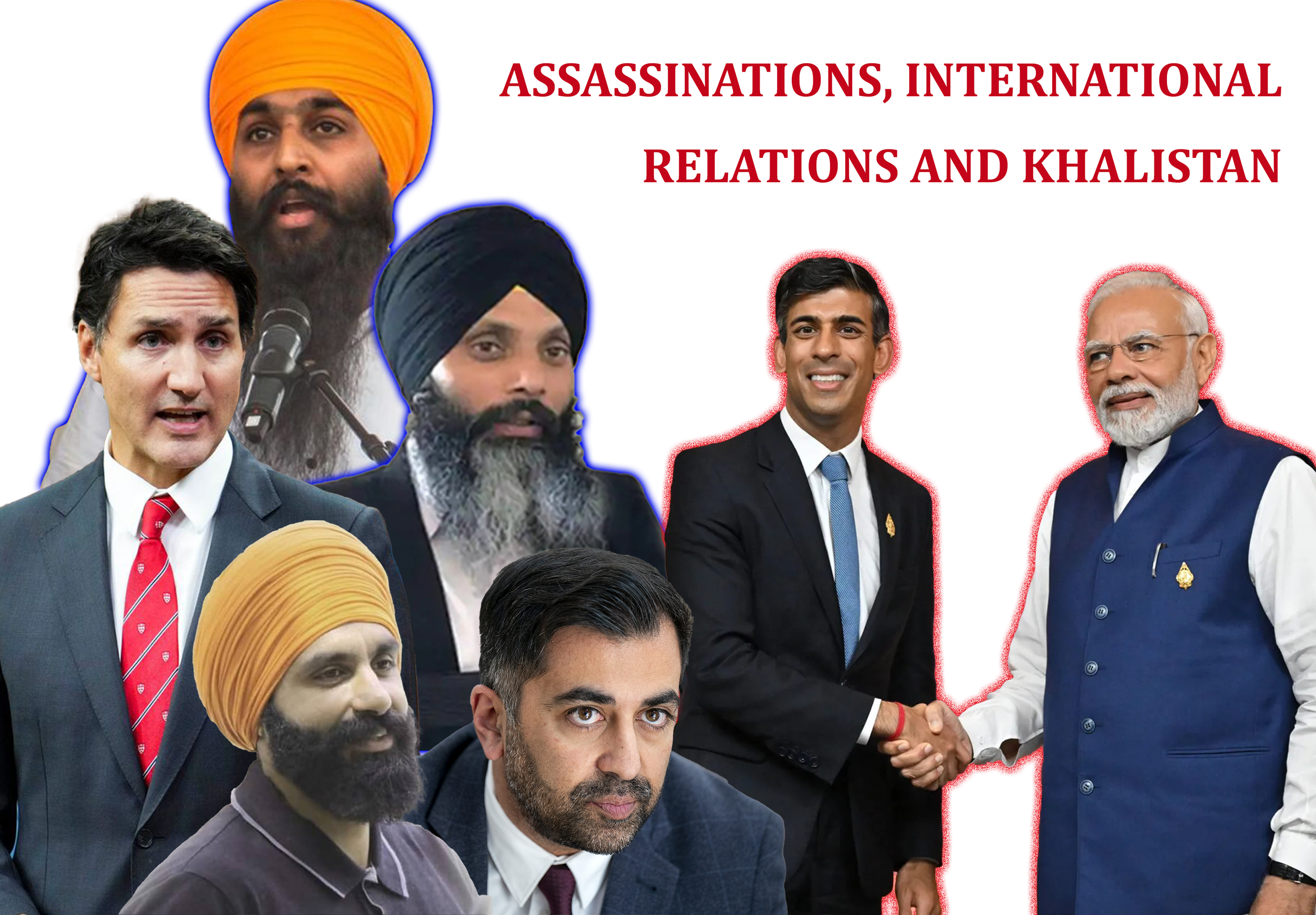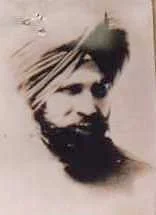Being the Siblings of the Sahibzade
/ਹਮ ਰਾਖਤ ਪਤਿਸ਼ਾਹੀ ਦਾਵਾ । ਜਾਂ ਇਤਕੋ ਜਾਂ ਅਗਲੋ ਪਾਵਾ
“We hold the assertion of sovereignty, in this world or the next”
This year there’s been a marked shift in how Panthic naujawan have been thinking and speaking about the month of Poh and the Shaheedi of the Sahibzade. This shift has been building for a number of years, it is the shame shift that Sant Jarnail Singh Jee Khalsa Bhindranwale and the Shaheeds of Khalistan mobilised to bring about - to centre the Patshahi of the Guru-Panth. The shift in discourse that Panthic naujawan have undertaken is seen manifested in the chatter on Sikh social media, there’s been a clear turn away from imposing the White European “holiday season” upon the Sikh public discourse of Poh. This may seem inconsequential but when we look at the wider context that this shift is occurring in then its significance is highlighted.
Our work at NSYF has been to hold space for this wider context, to look at Sikhs by continually striving to centre an understanding of the conditions of the generational liberation struggle the Panth has been engaged in since Guru Nanak Patshah refused to wear the Janeaou. These conditions and shift that’s required to think outside the imposed world view of the oppressor has been articulated with precision by Shaheed Bhai Jaswant Singh Khalra.
As marked as the shift has been, there is still a lack of clear articulation on what the Sahibzade’s shaheedi actually means beyond a “historic/religious” event, a generalised narrative of “sacrifice” and “faith”. There is a disconnect in English expression on exactly how profound the Shaheedi of the Sahibzade is, and how the Sahibzade exist as indestructible pillars of MiriPiri.
The youngest children of Dhan Sri Guru Gobind Singh Jee, like countless Shaheeds gave their lives willingly to became the bricks of the foundation of Sikhi. They confronted a government that wanted to eradicate Sikhs and Sikhi in order to destroy the challenge to power that our Patshahi (Sikh sovereignty) represents. This challenge is not rooted in opposition to one particular historic imperialism such as the Mughal Darbar, but to the question of power itself. This is why Sikh resistance is to domination and exploitation itself, whatever form that might take, the Mughal Darbar, colonisers, or their projects like the Indian state.
Dhan Mata Gujar Kaur Jee prepared the bodies and minds of our beloved siblings to face the manifested power of these temporary rulers and assert the sovereignty of the Guru-Khalsa. This was what the love Mata Jee shared with the Sahibzade demanded, to be honoured by remaining defiant. Today the siblings of the Sahibzadeh have largely forgotten what that love for Sikhi asks of them, and bow their heads freely to the descendants of tyrants in the hope that they can share power, but the power, of the Khalsa is different, it can only be found in the Darbar of Sahce Patshah, the Guru.
The lesson of the Sahibzadeh is to never acquiesce to tyrants, to place no faith in their promises, have no hopes of sharing their power. Their defiance asserts that our Patshahi will remain intact through Shaheedi. These humble children of the Guru entered the Mughal Darbar, and their heads did not bow, even to the doorway, made purposefully low, so even the heads of great warriors would bow to the egotistical authority and power that makes such architecture of domination.
Their siblings of the Guru-Khalsa-Panth married death on the fields outside Chamkaur Sahib, singing their wedding songs with the Khanda of the Khalsa, covering the earth with flowers made of droplets of blood.
The younger Shaibzade would face a different battle in the same war. These young Khalse were offered titles, power, and positions, - by accepting the world of the Mughal Darbar they were offered life, marriage to “royal blood”, if only they laid down their weapons, surrendered their sovereignty, and accepted the sovereignty of the Mughal Darbar.
The young Khalse knew the game being played, the game of liberation or annihilation, they knew their place in the world crated by Akaal, and what the true power bestowed upon the Panth is in reality.
Today Sikhs bow their heads, in many different ways, to the oppressive power of the state. They serve that power with the childlike hope that they can reform it. They accept titles and positions and marriages of power. They claim that working in the system is true power, is logical, is sensible. Such adults that don’t know the game being played, become blinded pawns in their eagerness to serve and to please. How can they teach Sikhi to the Sahibzade of the Quam?
The True Khalse of the Guru sees past all such illusions. They willingly embrace all the consequences of defiance. They choose to live free for eternity, and when their sacred blood spills the roots of Sikhi are watered.
The story of the Sahibzade is not “history”, their sacrifice is not a tragedy, their spirit and defiance is alive within the soul of the Panth, waiting for the nurturing of mothers like Mata Gujar Kaur and Sant Jarnail Singh, so that this spirit of Patshahi can be understood and expressed.
Today we look to the Shaheeds of Khalistan for inspiration in our time, they are the ones who laid their lives down to join their siblings to become bricks on the foundation of Sikhi.
The Battle of Amritsar and the Shaheedia for Khalistan brings this spirit to life today. Only those soorme can claim to be siblings of the Sahibzade in the truest sense. Like the Sahibzade they understood where the Panth stands: sovereign for eternity.
The Khalsa Shall Rule and None Shall Stand in Opposition.
Khalistan Zindabad - Long Live the Khalsa Revolution




